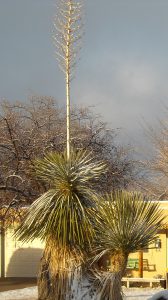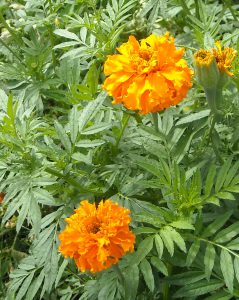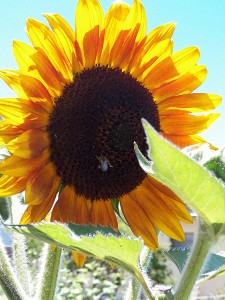Reading a lot these days…
- Borderline by Mishell Baker: this was a re-read (it’s on the Sirens Reading Challenge). I liked it the first time; I enjoyed it this time around too. There are now two more books in this series. I read Phantom Pains (the second in the series) a while back, but Borderline is still my favorite.
- Damsel by Elana K. Arnold: I found this book super-original and I admired it…and at the same time it wasn’t really my kind of thing. But my feeling about it isn’t dissimilar from previous books that, upon re-reading, HAVE become my sort of thing. I’ll have to wait and see with this one.
- Wake of Vultures by Lila Bowen: this was a Sirens Reading Challenge book. This one was *really* not my kind of thing, even while I admire what the author managed to do (vampire/other creature-infested Wild West with a heroine of color). Some of my issues are straightforward – vampires and Westerns both are hard sells for me, as are books with a world with a mashup of magical creatures (sirens and chupacabras, among others, also make an appearance in this one). Some are not so easy for me to pinpoint – while I can say that the native representation in the book seemed more related to tropes in Westerns than to any real understanding, that’s just my initial reaction and I can’t pull out exactly what bugged me. It just made me uncomfortable. I did look for a review of this book on Debbie Reese’s blog, but she apparently hasn’t received a copy.







